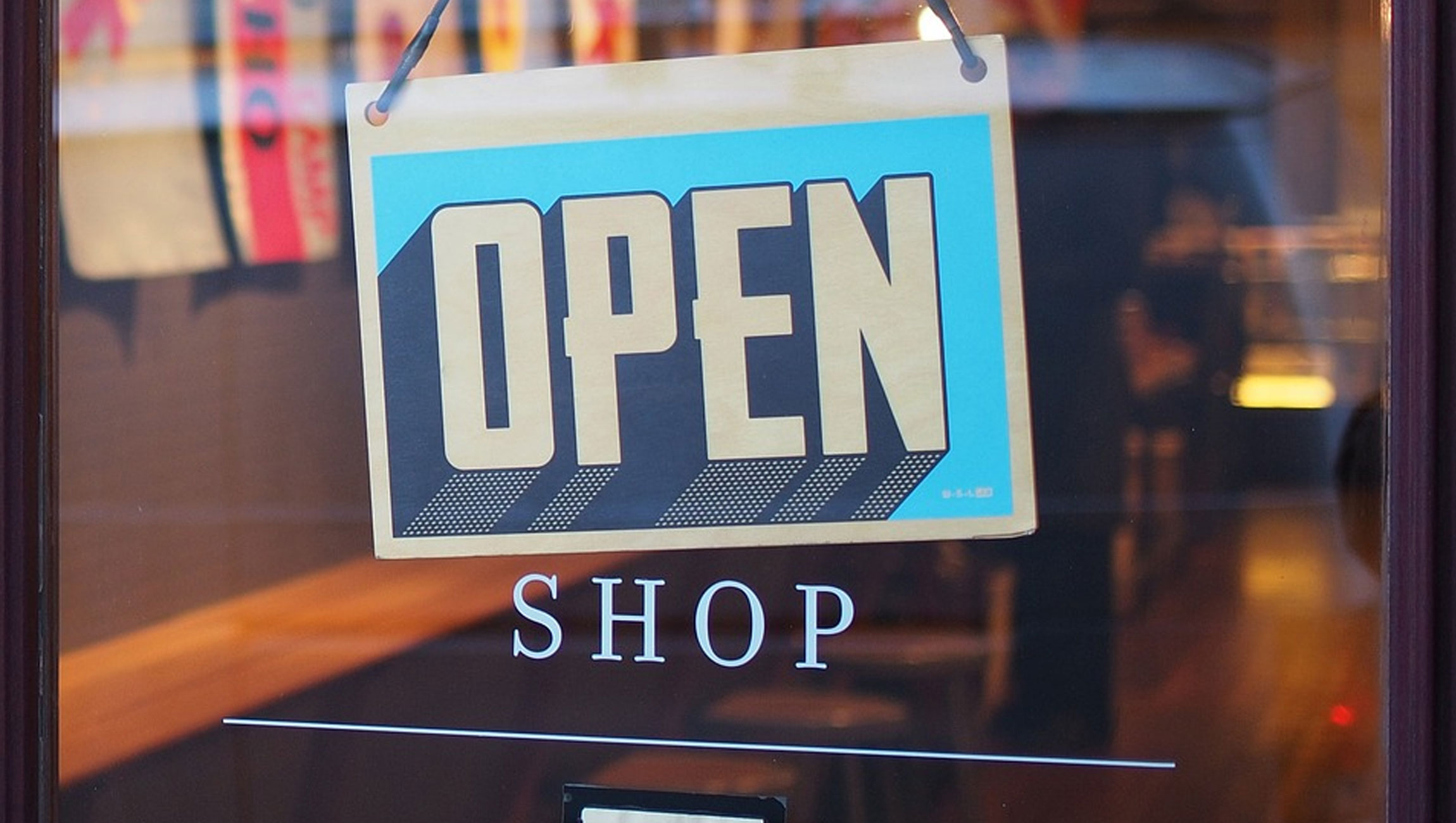 Technology has taken the world by storm and changed the way we do business. Businesses need to adapt to new trends and tailor their customer experiences towards a more digitally-savvy target market. According to the MIT Center for Digital Business, companies that have migrated online are 26% more profitable than their competitors.
Technology has taken the world by storm and changed the way we do business. Businesses need to adapt to new trends and tailor their customer experiences towards a more digitally-savvy target market. According to the MIT Center for Digital Business, companies that have migrated online are 26% more profitable than their competitors.
When we look at the history of retail, we see a shift in the way traditional retailers operate. The birth of online shopping and AI has impacted the way retailers communicate and sell to their customers. Retailers are able to use technology to analyze customer data and predict customer behavior.
Retailers can also enhance customer experiences by incorporating technology in their communication strategy. This goes beyond online stores but also touches client-facing contact points like client service contact centers. By capitalizing on Cloud-services, retailers can get a 360° understanding of their customer habits and key trends efficiently, speedily and in real time.
Also Read: Disruptive Innovation: SaaS Companies Are Migrating To Purchase Convenience
The landscape has changed drastically
Generally, most consumers prefer the speed, convenience and privacy of online shopping. According to Statista, online sales will account for 17.5% of all global retail sales by 2021. These consumers look for a hassle-free process with few hurdles, which extends to communicating with these businesses. The communication aspect is a vital element in the customer retention cycle, which is why it’s incredibly important for businesses to communicate with their customers using their preferred channels and to be cognizant of what their competitors are doing.
Contact centers face the same pressure to migrate to the digital space. There is a reason they’re no longer referred to as simply “call” centers. Voice calls are no longer the only way to communicate with customers. We’re living in the age of omnichannel, and calls account for only one of those channels. Businesses that have successfully undergone their digital transformation need to cater for all communication channels:
- Webchat
- Text message
- Social media
- Live video chats
- Chatbots
Also Read: The Great Bot Battle: Chatbots Vs Live Chat
What does technology hold for the future of retail
Cloud-migration is rapidly replacing on-premises business models. According to The International Data Corporation (IDC), spending on cloud services will grow to more than $203.4 billion in 2020. It makes business sense. There are fewer operational costs, less hardware required and all that’s really needed is a computer and Internet connection.
Recently, Google launched its AI for customer service, Google Duplex, claiming that “Google Duplex AI Ready to Replace Call Centers”. This statement caused an uproar as it implied that numerous jobs would be lost to AI. However, that is not the case. In fact, embracing technology and aligning it with your customer experience (Cx) processes can help your contact center survive. A recent McKinsey report entitled Artificial Intelligence: The Next Digital Frontier argues that having an open culture towards new technology is the only sure way to ensure maximum profitability: ‘To get the most out of AI in the long run, an organizational culture open to the collaboration of humans and machines is required.’
The reality is that not even bots can measure up to the human touch when it comes to customer services. At the end of the day, businesses need to incorporate both AI and human agents in order to improve operational efficiencies and deliver excellent customer experiences.
Also Read: ZaiLab ‘Trucks’ Into Enterprise Connect
How do retailers keep up with the trends?
It is of utmost importance that the retail industry adapts to technological changes because frankly, customer demands have changed. Customers want convenience, ease of purchase and personalized customer services. They want immediate assistance and they want to feel valued.
Incorporating technology is a win-win for all parties involved in the Cx cycle – businesses save on operational costs and technology helps ease the burden of the mundane tasks agents waste too much time on. But at the end of the day, the customer needs to be the big winner.
Also Read: Live Video Thrives with Use Cases You Would Never See on the Social Platforms











